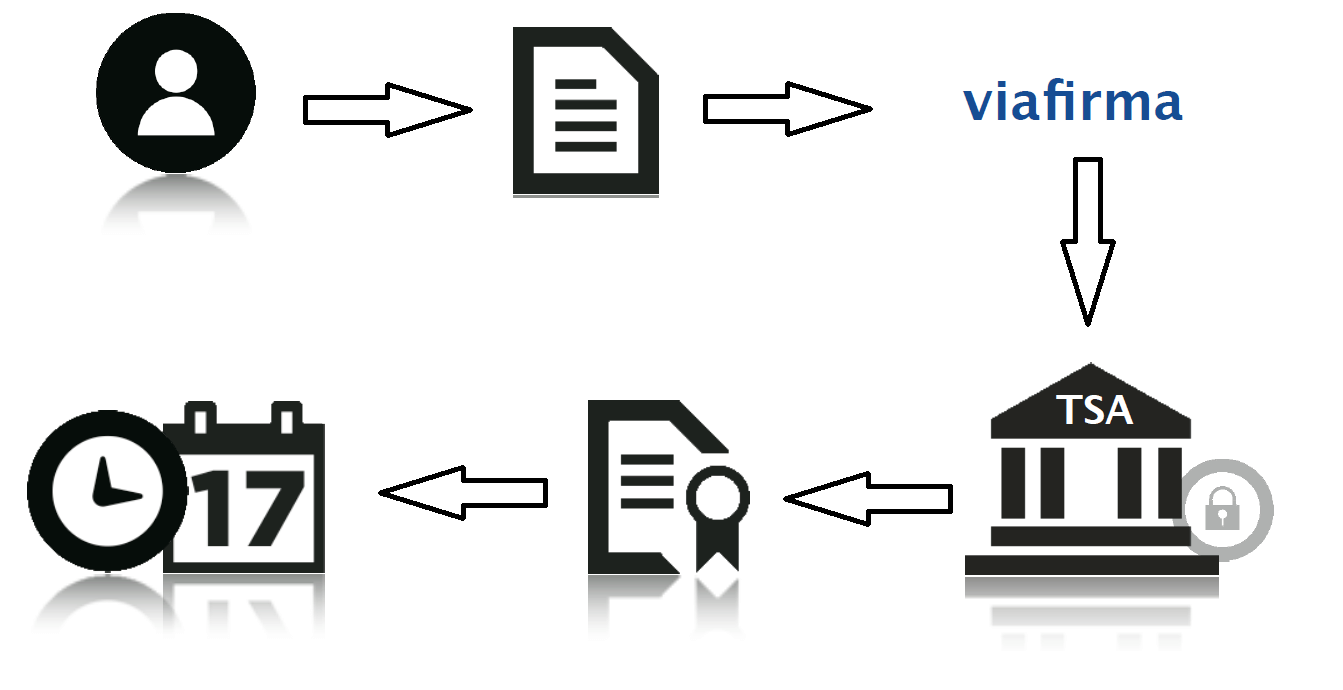The timestamping is a term widely used in the field of electronic signature. It may seems to have an obvious meaning (time stamp), but it also has some nuances that I would describe, therefore, let’s review the most direct questions that may come to mind of someone outside the industry that first heard this concept.
What is a timestamp?
The time stamp or timestamping is an online mechanism that can prove that a series of data exists and has not been altered since a specific point in time. This protocol is described in RFC 3161 and is on the Internet standards record.
What is a TSA?
(TSA – Timestamping Authority) The time-stamping Authority is a Certification Services Provider that provides certainty about the pre-existence of certain electronic documents in a point of time, whose time stamp along with the hash of the document is signed by the timestamp authority.
Which signature formats should I use?
Within the formats supported by Viafirma Platform, should be used those who allow their structure to add one or more timestamps according to RFC 3161. These formats are:
- PDF (PKCS#7 with Timestamp)
- PAdES
- XAdES-T (and highier extensions)
- CAdES-T (and highier extensions)
What is its cost?

With viafirma you can choose from one or more service providers. The cost will depend on the agreement with each supplier, usually based on the trading volume contracted.
How is the integration?
For your document to enter a valid time stamp you will not have to do any additional development or integration. Only keep in mind to indicate the proper signature format.
- Communicate what the TSA selected is.
- List the signature format suitable.
And we’ll take care of the resto of it 😉
